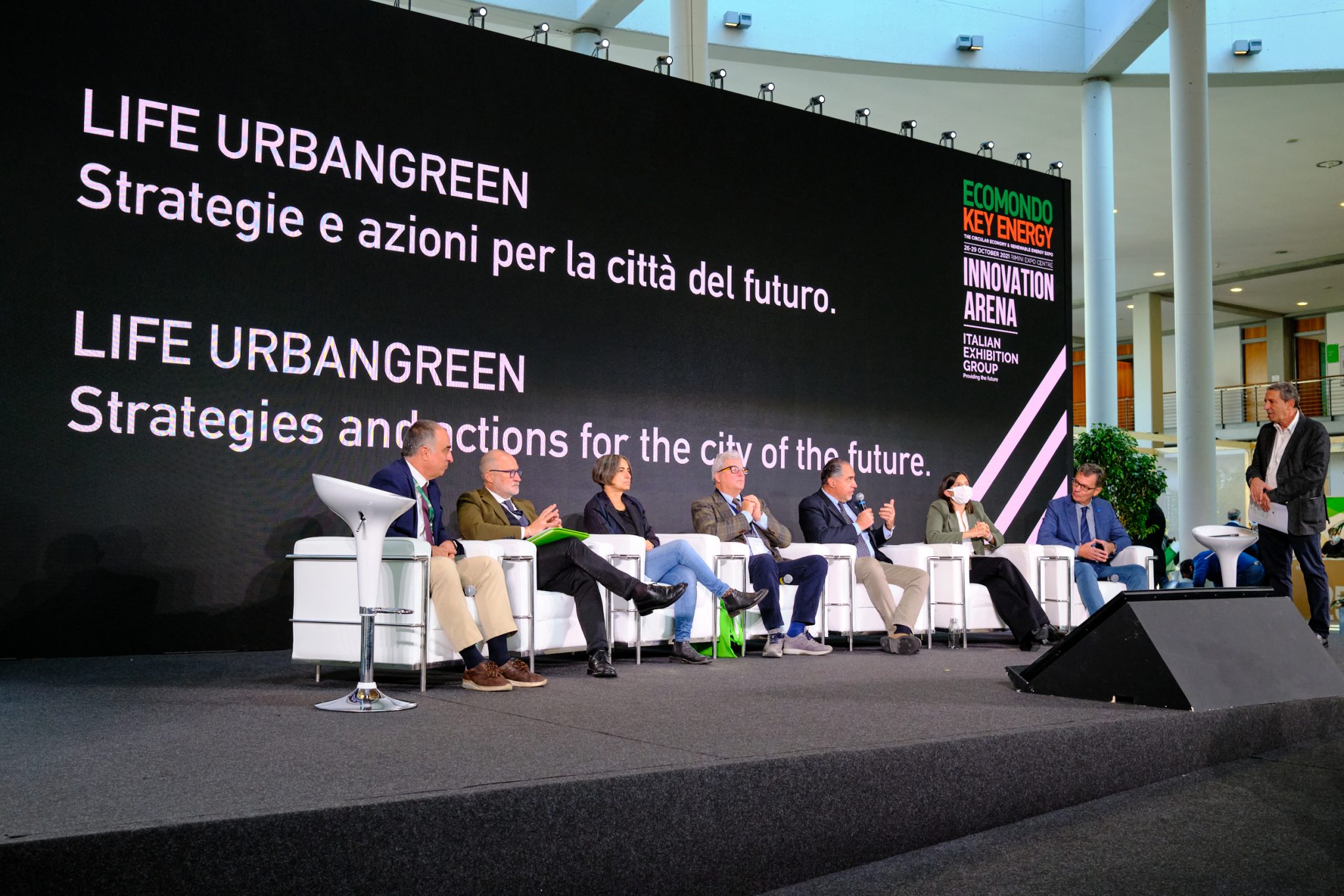LIFE URBANGREEN project closure
On the 31st of December 2021 the LIFE URBANGREEN project ended, and today we would like to give you an overview about the scientific research that was carried out. The LIFE URBANGREEN ultimately contributed to the implementation of an integrated strategy for climate change adaptation, prioritising ecosystem-based approaches at the local level.
With this aim, the project intended to demonstrate that, thanks to the implementation of innovative and technological tools, the management of green areas can be improved, in terms of safety as well as efficient maintenance activities.
Strategy
The strategy of the project was to identify pilot areas in the two partner cities – Krakov (Poland) and Rimini (Italy) – where the most common trees were chosen and analysed throughout the entire duration of the project, from July 2018 to the end of 2021. In the selected areas, measurements of trees with LiDAR scans were carried out, in order to calculate the tree biomass and leaf area. In addition, selected plants were measured to assess the transpiration and the deposition of particulates throughout the vegetative season. Finally, meteorological data were collected on an hourly basis.
Three steps of the project
Firstly, the GreenSpaces software platform was renovated, with additional information to better estimate the benefits of urban trees, and register effects of climate change, like heat islands in summer and prolonged drought periods, and to inform and engage citizens.
In the second part of the project, the developed tools were tested in the pilot plots and best practices in management of green areas were applied. Control plots, instead, were treated in the traditional way.
Finally, pilot and control plots were analysed in order to assess the change in environmental benefits and a comparison was made between them. The results showed much higher benefits in the pilot plots after implementing innovative management practices.
Results
Thanks to the collected data, algorithms were developed, which can now be applied to all trees of the same or similar species, and which can estimate CO2 assimilation and sequestration, particulate deposit on leaves, water transpired and cooling of the environment thanks to the transpiration process. During this three years journey a lot of research was carried out, and many people contributed to its successful result. For this reason, we would like to thank everyone who participated, and believed in the project.
Since these findings and newly implemented tools are relevant for improving urban green management also in different climatic zones, our outreach activities will continue, despite the ending of the project. We hope that the gained knowledge can be of help for other European cities!
Stay tuned for more news through our Newsletter!







